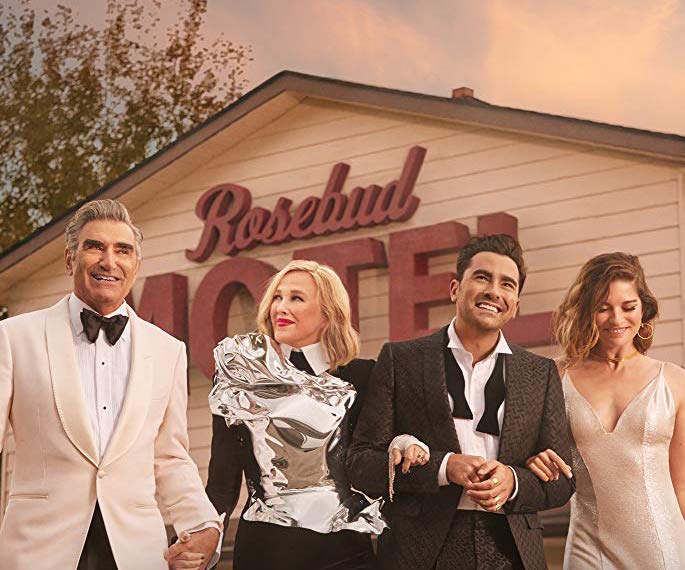As October 11 just passed, people throughout the country celebrated National Coming Out Day. Celebrating the anniversary of the National March on Washington for Lesbian and Gay Rights, this holiday marks a day for LGBTQ++ members to honor their own choices to proclaim their sexuality. While many queer people feel liberation from the oppression of the closet, others feel the pressure and obligation to come out that is reinforced and extended in media. So, is coming out a mandatory and defining experience for queer people? Or is it an outdated concept and an unnecessary step?
On one hand, assumptions of “the closet” treat coming out as a singular moment in one’s life, ignoring how coming out varies situationally and longitudinally. Someone may be “out” in some places but “in” in others while coming out is also a recurring experience. These assumptions overlook the fact that queer people come out across their life over and over again, to different people in different places.
However, coming out is also associated with finding connection and community and being true to one’s true identity. In the 1970s, the gay rights movement positioned coming out as a meaningful political act leading to greater visibility and equality as more people come out.
As metaphors of the closet became central elements of the LGBTQ++ identity, they became key features of media representation. Analyzing whether historical coming-out tropes have evolved within media is important to redefine what coming out means within social science and psychology. In these fields, coming out consists of admitting to family and peers that you are LGBTQ++, and this is often marked as a key moment. With many psychological models emphasizing coming out as being crucial to happiness, it is important to consider that coming out stories can be understood in many different ways.
Typically, media narratives, specifically of the past, have reinforced these common themes of the coming-out model. We have all seen shows where “coming out” is the cliché storyline. But increasingly, many of today’s gay and lesbian characters are open about their sexuality, framing the closet as an unnecessary step. While coming out was the central storyline for any queer person in tropes of the past, coming out stories in media today are not the central element of who a character is as seen in David’s nonchalant way of coming out as pansexual in Schitt’s Creek.
For many people, the ambiguity of the term “queer” is comforting to avoid putting a specific label on sexuality. Holding back on identifying or being open about sexuality, while also not feeling the need to announce it, are reasonable ways to define yourself, especially considering a necessary, public proclamation of sexuality is unheard of for straight people.
Coming out varies situationally and means something different to every person. It is not always a necessary step to happiness and self-acceptance, and to some “the closet” may be the safest option for people in hostile conditions. It certainly does not have to be a one-time public event or a defining moment in your life. You choose your labels and the importance of those labels, and you choose who you show them to. If you are queer, you do not have to take action. You can keep living your normal life, with the option of labeling yourself, if that is what is right for you.
Can’t get enough of HC UMass Amherst? Be sure to follow us on Instagram, listen to us on Spotify, like us on Facebook, and read our latest Tweets!




